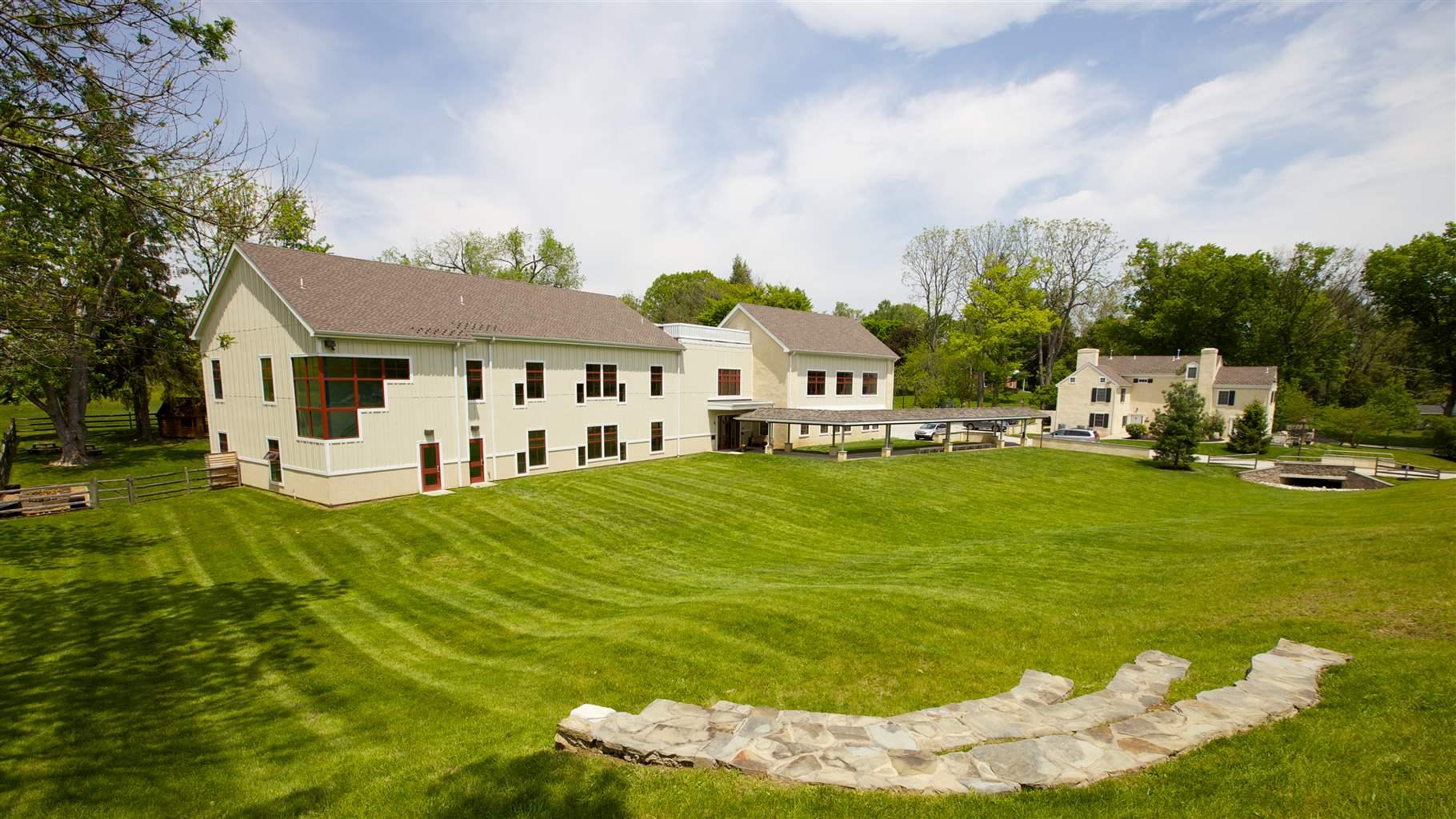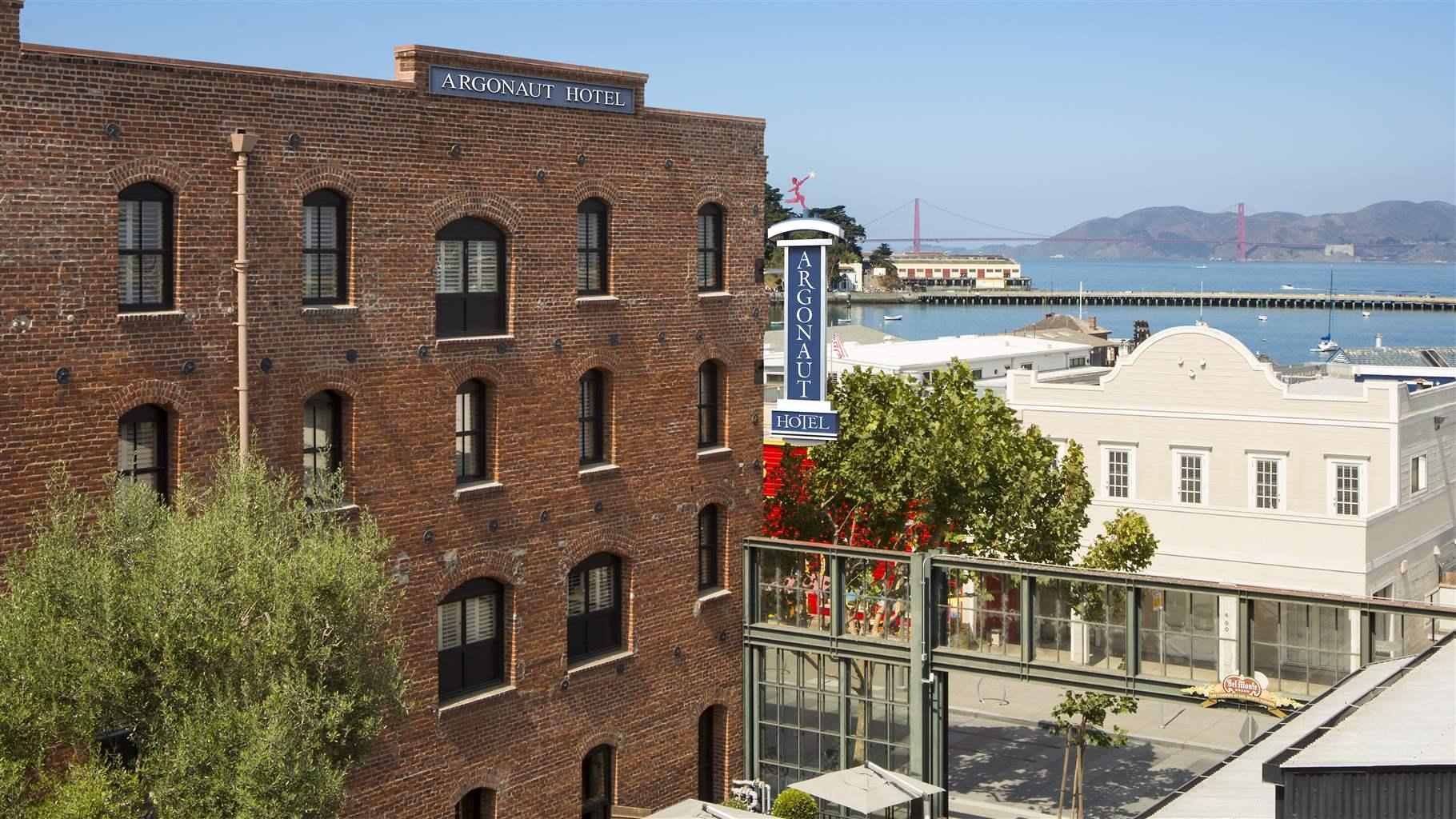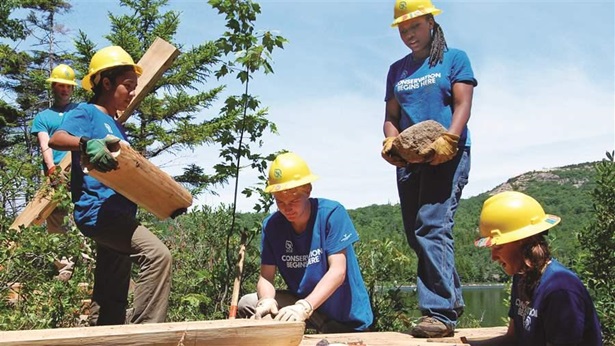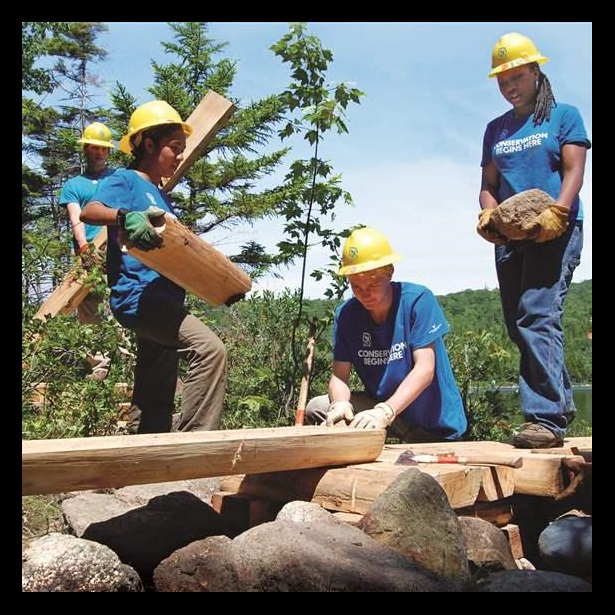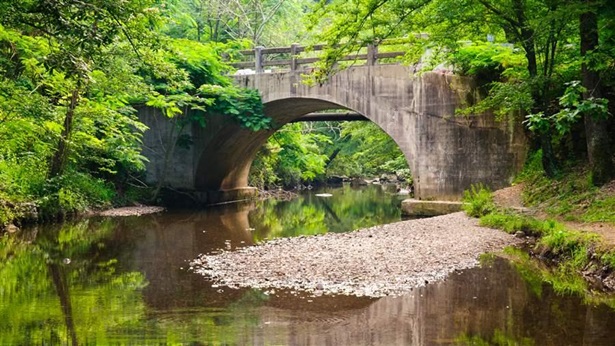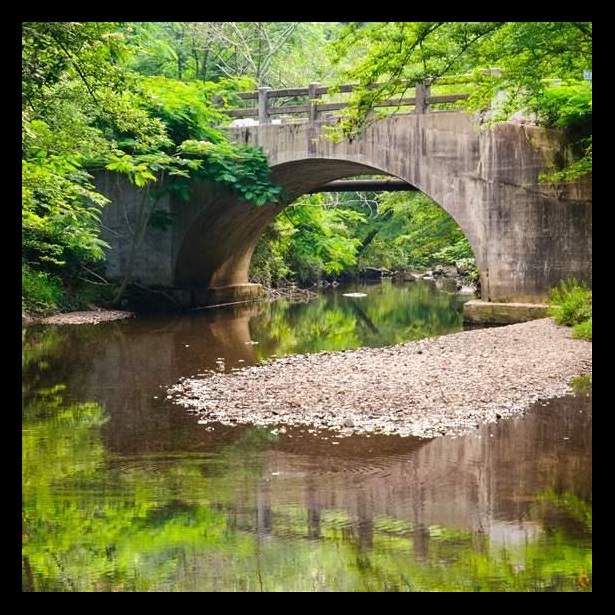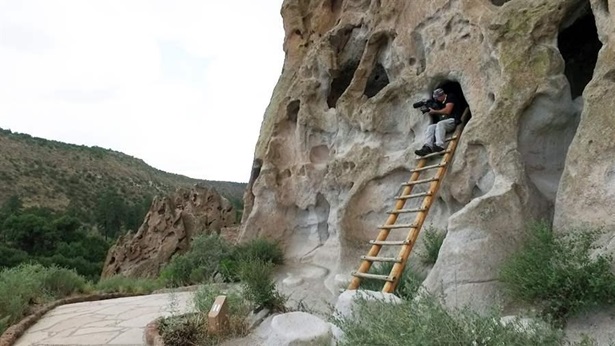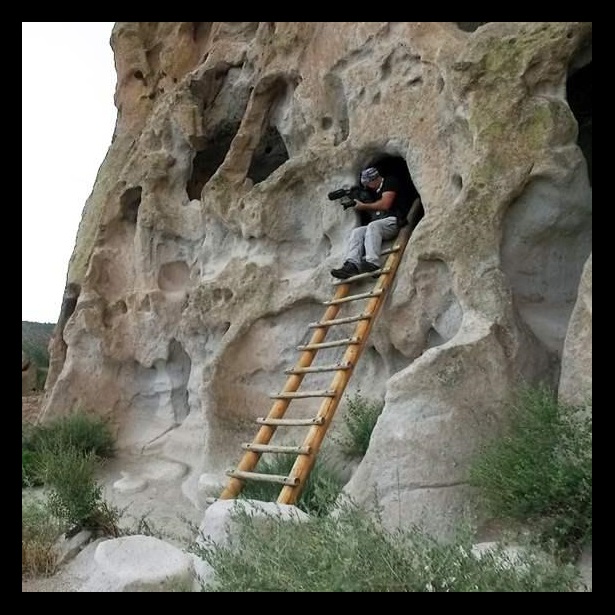Novel Partnerships Help National Parks Address Maintenance Backlog
Leasing historic sites funds needed repairs and visitors benefit
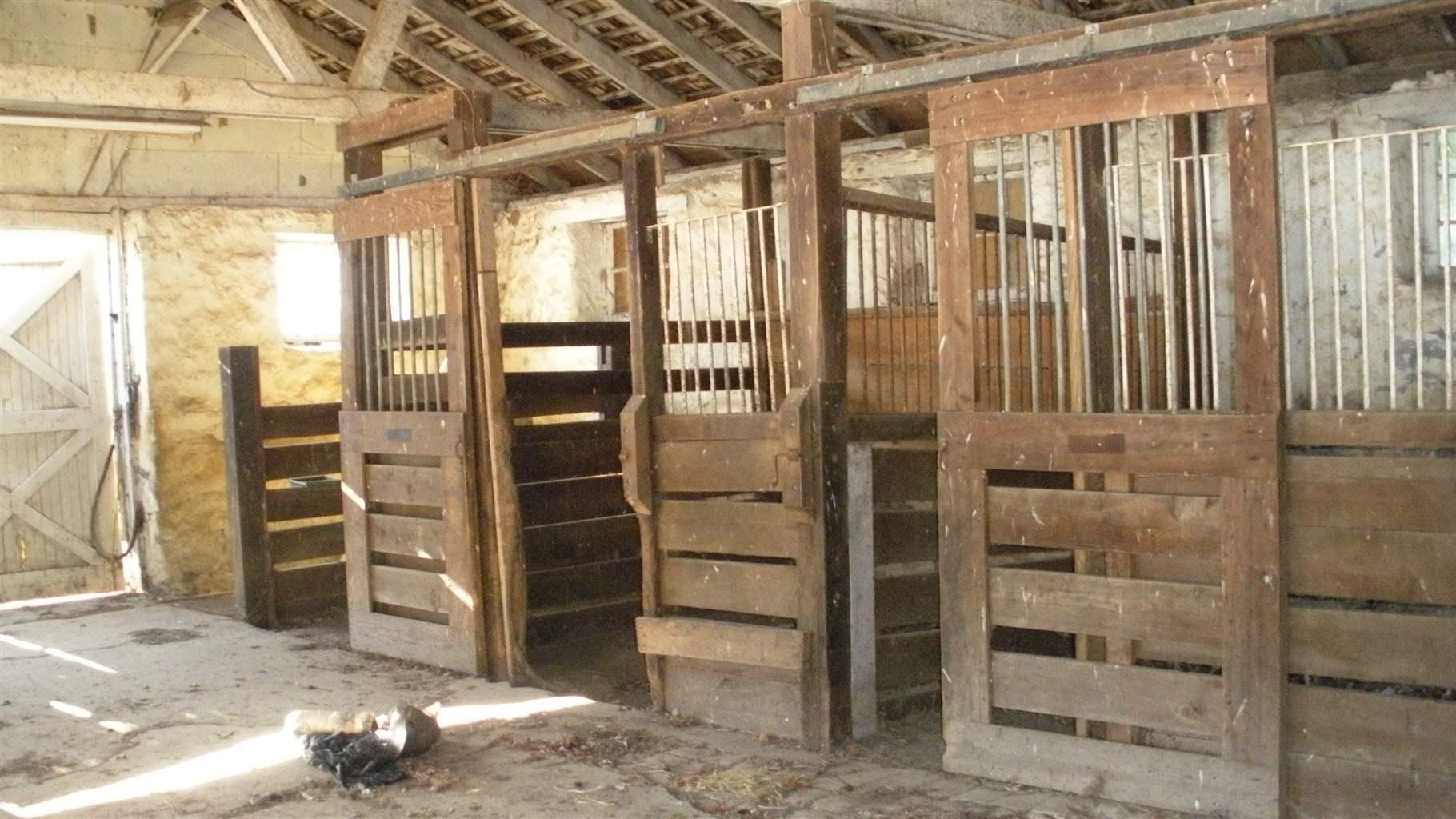
Members of a congressional committee plan to travel to Hot Springs National Park in Arkansas on Sept. 17 to examine firsthand how the practice of historic leasing can improve the visitor experience at national parks and address deferred maintenance.
With the National Park Service (NPS) facing a maintenance backlog estimated at $11.6 billion, the agency must look to a variety of solutions to tackle repairs. In some cases, companies and organizations have leased NPS buildings and property, agreeing to restore aspects of those assets. Historic leasing brings private dollars to preserving NPS buildings that these groups then use as schools, hotels, and, in one case, a brewery.
Here are three examples of how repurposing the NPS historic buildings is helping address its maintenance backlog.
Pennsylvania park gains funding through a bucolic preschool
The preschoolers at Montessori Children’s House of Valley Forge have an idyllic setting for their classroom—a renovated farmhouse and barn in Pennsylvania’s Valley Forge National Historical Park. In 2005, the school approached NPS about leasing the 3.5 acres. The school covered the property’s overhaul costs in exchange for a long-term lease and opened to students in February 2010. Renovations included remodeling a 19th-century home—it’s now a library and parent meeting room—and transforming a vacant barn with years of deferred maintenance into a six-classroom schoolhouse.
Historic lease turns bathhouse into brewery
Hot Springs, Arkansas, has been a relaxing, popular, and celebrated place to soak and vacation since the 1800s, earning the nickname The American Spa. Hot Springs National Park was established in 1921 and, as it approaches its 100th anniversary, is showing its age, with unfunded repairs that forced NPS to close many of the park’s ornate bathhouses. But historic leasing created an opportunity for an innovative solution: In 2013, Rose Schweikhart entered into a lease to transform one old bathhouse into Superior Bathhouse Brewery, which uses the 144-degree local water in its libations—the only brewery in the world to craft beer using hot springs. Superior is the first of its kind in a U.S. national park and is providing something more valuable than beer: revenue for the local community.
The leasing arrangement preserved the historic building, which had been vacant for 30 years, and addressed deferred maintenance in the process.
Partnership transforms warehouse into a boutique hotel
The Argonaut Hotel fronts the bay at the San Francisco Maritime National Historical Park in the Golden Gate City. A historic lease led to a 100-year-old warehouse being converted into the hotel. Seated on the waterfront between Fisherman’s Wharf and Ghirardelli Chocolate Co., it was once the Del Monte Cannery—the world’s largest fruit and vegetable factory at the time—and more recently was used by NPS to store nautical gear.
As part of the deal with NPS, the hotel owners addressed the deferred maintenance issues. The Argonaut opened in August 2003 and houses the park’s visitor center and a museum.
More than 47 percent of the assets on NPS’ deferred maintenance list are historic, according to 2017 data from the agency. Historic leasing, tailored to individual sites, can be an essential tool to help NPS respond to its maintenance backlog.
Marcia Argust directs The Pew Charitable Trusts’ campaign to restore America’s parks.
